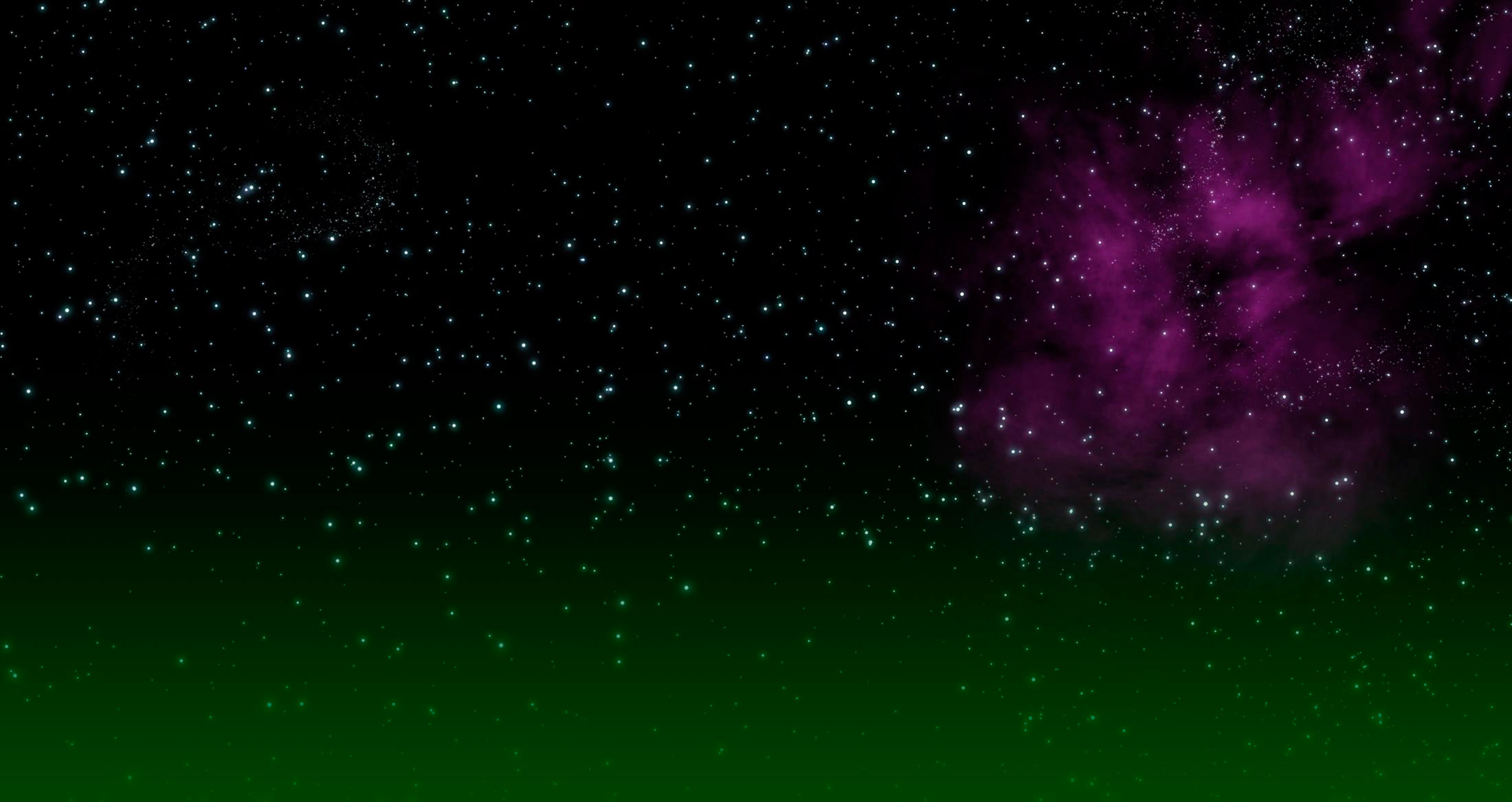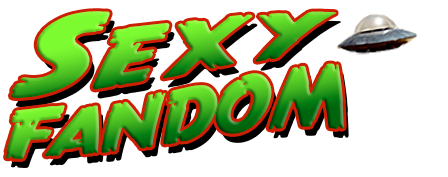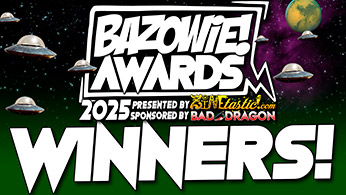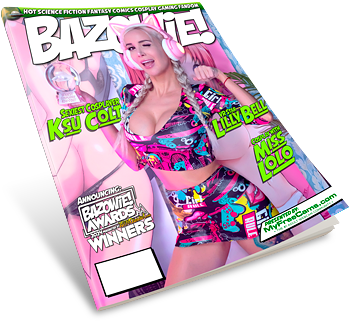A quick backgrounder on hallucinogens is probably helpful for understanding the work of Jeff Noon. I think psychotomimetic is my new favorite word.
Hallucinogenic drugs or hallucinogens are drugs that can alter sensory perceptions, elicit alternate states of consciousness, or cause hallucinations. This is a broad category that covers many disparate substances, the class of pharmacological agents which primarily change the subjective qualities of perception, thought or emotion.
Hallucinogens act as neurotransmitter mimics, often as agonists or antagonists at neurotransmitter receptors. The effects of hallucinogens are clearly different from stimulants like cocaine or amphetamines, although hallucinogens do often increase alertness or activity.
The broad term “hallucinogen” is often used as a synonym for the class of psychedelics (LSD, magic mushrooms, mescaline, or 2C-I), especially in the current scientific literature. Other classes include the empathogens or entactogens (MDMA), the deliriants (Datura, tropane alkaloids), or the dissociatives (DXM, PCP).
A variety of different, imprecise terms have also been used to refer to drugs of this type. One of the first terms used in English to describe these substances was “Phantastica”, coined in 1928 by Louis Lewin in his ground-breaking monograph of the same name. The term was applied to plants that “bring about evident cerebral excitation in the form of hallucinations, illusions and visions … followed by unconsciousness or other symptoms of altered cerebral functioning.” Lewin complained that the word “does not cover all that I should wish it to convey”, and indeed with the advent of the discovery of LSD and the widespread scientific experimentation with it and similar drugs, numerous supposedly improved terms were constructed, including hallucinogen, psychedelic, psychotomimetic, psycholytic, schizophrenogenic, cataleptogenic, mysticomimetic and psychodysleptic.
Of all the terms created, “hallucinogen”, meaning roughly “generating delusions and false notions” (particularly in the form of sensory distortions), probably enjoys the most widespread and accepted usage. “Psychedelic”, meaning “mind manifesting” and emphasizing the introspective potential of the drugs, and “entheogen”, meaning “becoming divine within”, are also widely used, particularly among those with positive attitudes towards their usage. In some cases, authors who otherwise use these terms have felt themselves pressured to use “hallucinogen” or “psychotomimetic” (meaning “mimicking psychosis”) in scientific publications. The terms “empathogen” and “entactogen” are also applied to certain drugs (notably those similar to MDMA) that are also sometimes classed as hallucinogens.
Hallucinogenic drugs are among the oldest drugs used by humankind, as hallucinogens naturally occur in mushrooms, cacti, and various other plants. Whether the use of hallucinogens is encouraged, unregulated, regulated, or prohibited, and whether hallucinogens are used for recreational, medicinal, or spiritual purposes, varies from culture to culture and nation to nation. In most nations of the world, the possession of many hallucinogens, even those that are common in nature, is a crime punished by fines, imprisonment or in many countries, death. For some religious purposes, however, there are exceptions. For instance, though possession of peyote cactus is illegal for most purposes in the United States, American Courts have upheld the Constitutional right of Native Americans to grow and consume peyote. (via Wikipedia)
No tags for this post.











